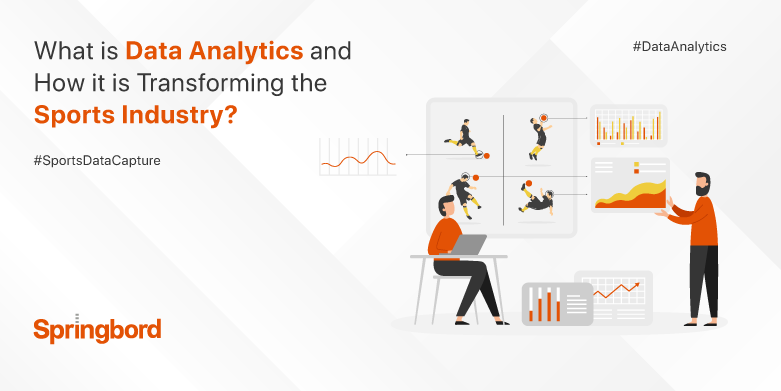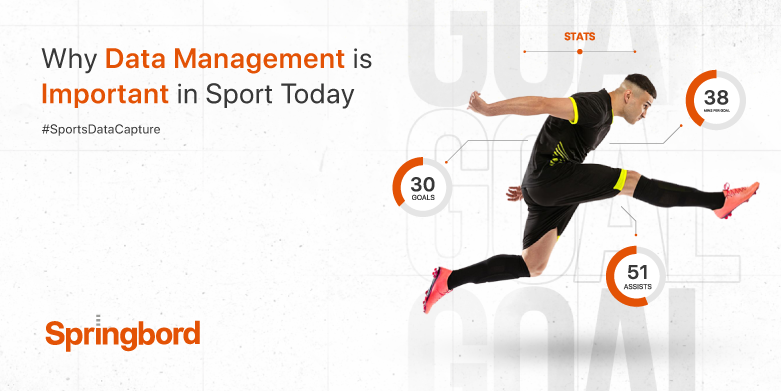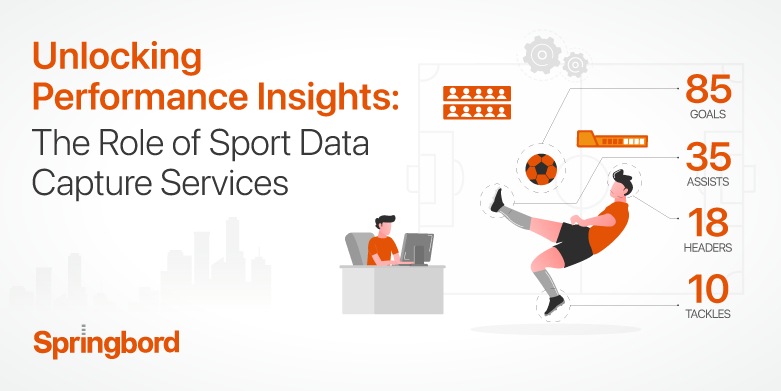Sports data has become an integral part of modern-day sports. It helps sports teams and organizations make informed decisions, improve their performance, and provide better experiences to fans.
With the rise of technology, sports data is becoming more accessible, making it easier for sports organizations to collect, analyze, and interpret the data.
In this article, we will discuss the different types of sports data that can be measured, and how Springbord can help organizations make the most of this data.
Performance Data
Performance data is one of the most crucial types of sports data that Springbord measures. It includes data related to an athlete’s performance during a game or practice, such as speed, distance covered, heart rate, and other physiological parameters.
Springbord’s performance data helps coaches and analysts monitor the performance of athletes and identify areas for improvement.
Biometric Data
Biometric data refers to data related to an athlete’s physical characteristics, such as height, weight, body fat percentage, and muscle mass.
Springbord measures biometric data to help coaches and analysts assess an athlete’s physical fitness and performance potential.
Tracking Data
Tracking data includes data related to the movement of players and the ball during a game. Springbord’s tracking data helps coaches and analysts understand the tactics and strategies used by teams and identify areas for improvement.
Tracking data can also be used to develop predictive models that can help teams anticipate the movements of their opponents.
Social Media Data
Social media data includes data related to the engagement of fans and followers on social media platforms. Springbord gathers social media data in order to assist sports organizations in the impact of their social media campaigns and identify areas for improvement.
Social media data can also be used to develop marketing strategies and engage with fans.
Financial Data
Financial data includes data related to the revenue and expenses of sports organizations. When it comes to optimizing revenue streams and minimizing expenses, Springbord’s quantitative analysis of financial data is invaluable to sports organizations.
Financial data can also be used to develop business strategies and make investment decisions.
Injury Data
Injury data includes data related to injuries sustained by athletes during games and practices. Springbord measures injury data to help coaches and analysts identify risk factors and develop injury prevention strategies.
Injury data can also be used to track the recovery of injured athletes and assess their performance potential.
Video Analysis Data
Video analysis data includes data related to the footage of games and practices. Springbord analyzes video analysis data to help coaches and analysts break down the gameplay and identify areas for improvement.
Video analysis data can also be used to develop game plans and strategies for upcoming games.
Fan Engagement Data
Fan engagement data includes data related to the engagement of fans with sports organizations and their activities. Springbord gathers information on fan engagement to assist sports organizations in comprehending the preferences and behaviors of their fans.
Fan engagement data can also be used to develop personalized marketing strategies and improve the fan experience.
Environmental Data
Environmental data includes data related to the weather conditions during games and practices. Coaches and analysts can better understand the effects of weather on player performance with the help of Springbord’s environmental data collection.
Environmental data can also be used to develop strategies to cope with adverse weather conditions.
Social Impact Data
Social impact data includes data related to the impact of sports organizations on society and the environment.
Springbord collects data on social impact to assist sports organizations in understanding their social responsibilities and making informed decisions.
Social impact data can also be used to develop sustainability strategies and improve the overall image of sports organizations.
In Conclusion
Springbord’s data-driven solutions help sports organizations optimize their performance, engage with fans, and make informed decisions.
By measuring a wide range of sports data, including performance data, biometric data, tracking data, social media data, financial data, injury data, video analysis data, fan engagement data, environmental data, and social impact data, Springbord provides a comprehensive view of the sports industry.
With Springbord’s advanced analytics platform, sports organizations can gain real-time insights and predictive analytics that can help them stay ahead of the competition and achieve their goals.







